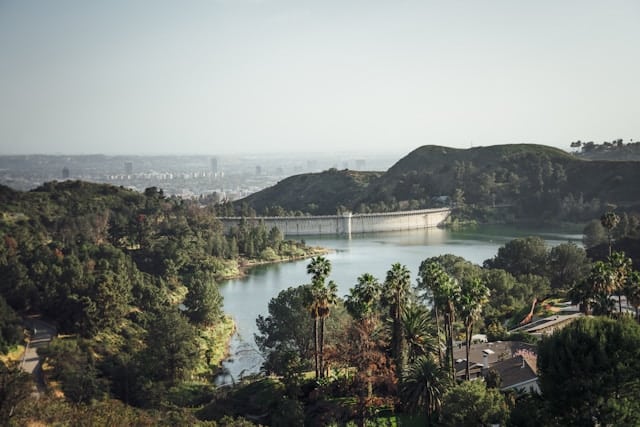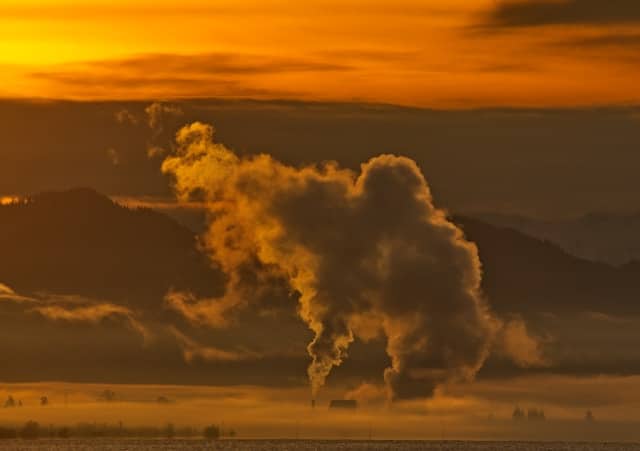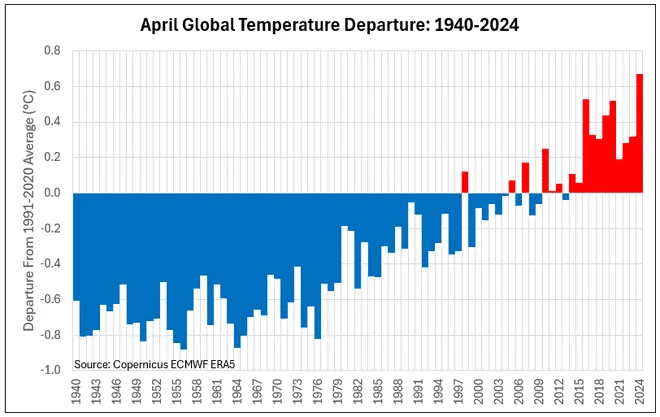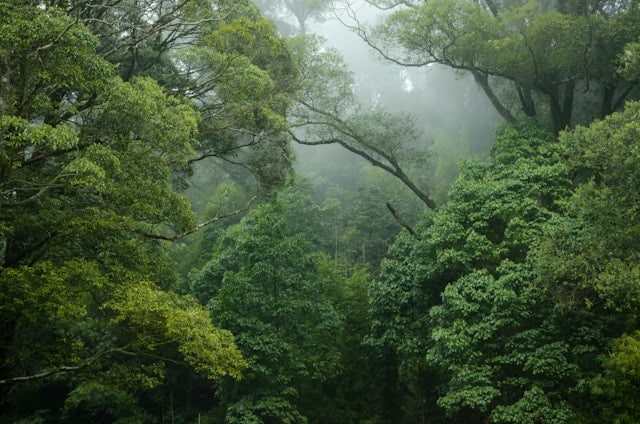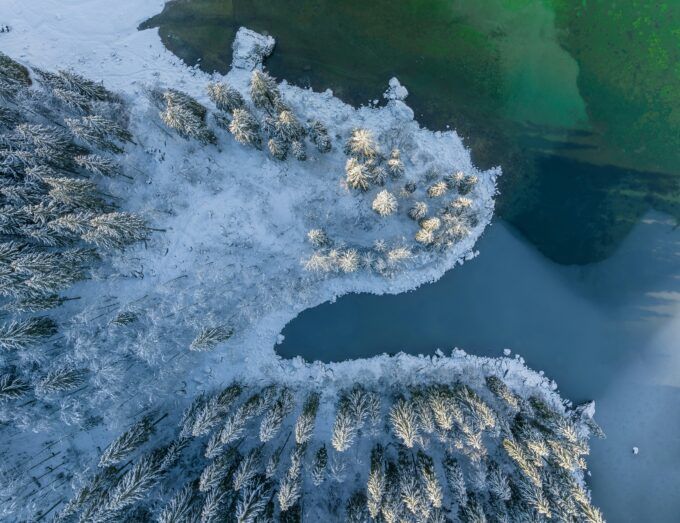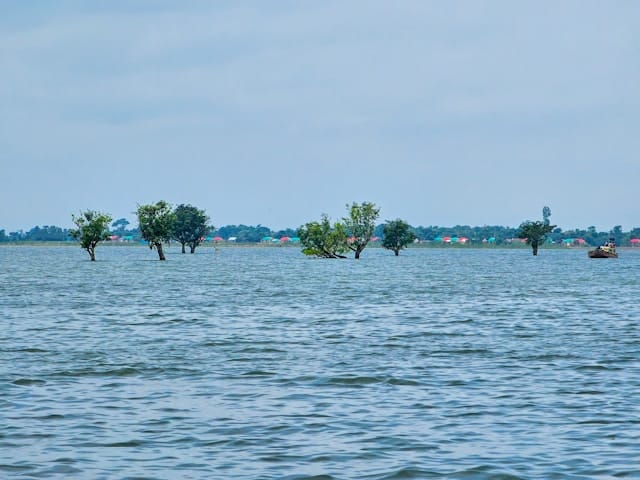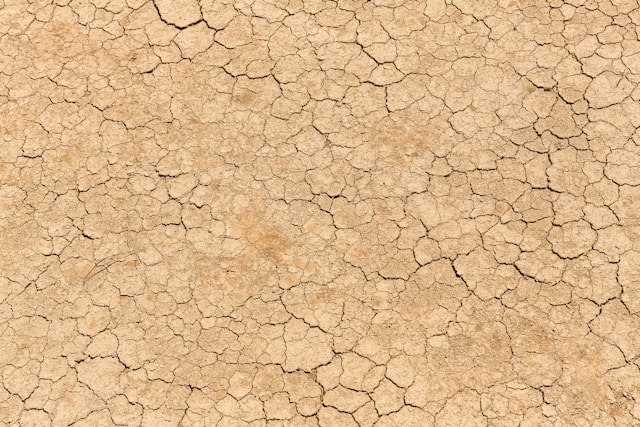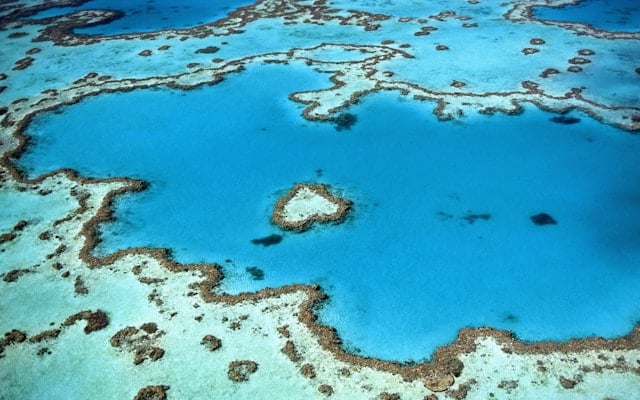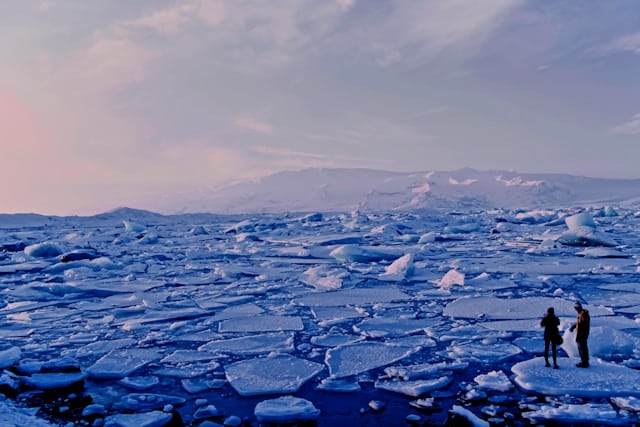
At the Edge of Apocalypse
By Robert Hunziker
Biblical flooding, scorching heat, collapsing grid system, animals crumbling, waters rising, crops wilting, economy on the brink, and millions displaced.
Welcome to the future of climate change… Pakistan.
If one could classify a global warming beta test as a success towards an ultimate goal of apocalypse, unfortunately, it has turned Pakistan into a country populated by millions of displaced people in the early chapters of a horror story with no ending in sight because it is likely to get worse. Pakistan has been thrashed back and forth from one year (2022) of biblical flooding to years of record-setting heat. Normality has fled, chased out by an ogre of darkened apocalypse in the making.
Wherefore, Inside Climate News d/d June 8, 2024 has a remarkable series entitled Living on Earth, which recently interviewed Rafay Alam, who is an environmental lawyer and a member of Pakistan’s Climate Change Council. The title of the interview: As Temperatures in Pakistan Top 120 Degrees, There’s Nowhere to Run. That interview is the basis for this article about a country of 240 million people at the brink of apocalypse.
Based upon Pakistan’s severe climate experience, here is what Rafay Alam concludes, a widely shared viewpoint throughout the Global South: “There is a significant denialism on climate change in places like the United States. And it angers me because I see people affected. I see animals affected. And this is a lived experience for the global majority, the Global South. It’s extremely infuriating to see people who’ve participated in this global warming deny it, deny any accountability, try and move on as if nothing’s happened and try and continue to make money and drive that bottom line.”
There’s an adage of the 1950s “Ugly Americans” that lingers to this day outside of America’s borders. It pejoratively references Americans as loud, arrogant, self-absorbed, demeaning, thoughtless, ignorant, with ugly ethnocentric behavior, which also applies to U.S. corporate interests internationally. Regrettably, climate change is reviving this debasing dictum in a very big way, 70 years later. And people who think today’s sociopolitical atmosphere is poisoned, divided, and postured for trouble in the USA should look over their shoulders, as anger foments around the world with America a target. Trouble’s universal.
Rafay Alam resides in Lahore (pop. 13M) known as the “City of Gardens.” It is the cultural heart of Pakistan with exquisite arts, cuisine, and music festivals, known for filmmaking and the recognized home of the intelligentsia. Lahore is a sophisticated metropolis that’s a safe place to live. According to the World Crime Index, the city is safer than living in London, New York, or Melbourne.
Yet, life for millions in Pakistan has changed for the worse seemingly overnight. Today, the country experiences persistent heat waves over 120°F in some cities, and summer is just beginning. Anything approaching the normal rhythm of life of past decades has been overwhelmed by brutal severely damaging climate change. The country is still recovering from the biblical flooding of 2022 when normal rainfall turned voracious 400% to 800% beyond anything ever experienced, a torrential downpouring lasting weeks in regions of the country that do not drain into the Indus Basin. Thus, a 100-kilometer (62-mile) artificial lake formed, displacing 10 million and impacting 30 million, bringing in its wake $35B infrastructure damage, roads swept away, schools swept away, hospitals swept away. It will take a generation to rebuild. This is climate change in full blast mode.
Rafay Alam: “We’ve seen temperatures since the middle of May to the first of June currently more than 50 degrees Centigrade, which is well over 120°F. Lahore, where I live is 44°C today, which is about 111°F… I go for a walk in the evenings when the sun sets It’s not unpleasant, but I notice animals and birds collapsed to the ground looking for water, dogs on the side of the road unable to get up… Recently, it was 125°F, the hottest place on Earth, at Mohenjo-Daro, which is home to an ancient civilization.”
Accordingly, Pakistan is not just experiencing a scorching heat wave, it is actively experiencing the climate crisis in all its variations on a real time basis. And according to meteorologists: “It’s going to stay hotter for longer.”
Climate change has wrought an economic nightmare, as Pakistan has sought flood relief that came as loans, not grants or aid, which has doubled Pakistan’s external debt in only two years. This is devastating for a country that is trying to regain its footing and rebuild an economy that climate change clobbered.
Nevertheless, the country is learning to live with devastating temperatures by changing life’s normal patterns. Schools are let out by 12:00 noon but shutdown entirely when temperatures rise too far, which is a common experience of late.
Of even more concern, and possibly the most dangerous scenario of all, the monsoon season is coming by the end of June, early July which will convert dry heat to extreme humid heat with deadly wet bulb temperatures. At 95°F and 70% humidity, it’ll impact the human body like 120°F. That’s deadly because at that level the human body cannot release heat by sweating. Rather, it bakes internal organs. Hmm- it’s been triple digits for some time now with daytime forecasts to remain in triple digits to the end of June, and likely beyond into the heart of the summer.
Agriculture is 20% of Pakistan GDP. And according to Alam, a leading English newspaper recently ran a headline about crops decimated in Pakistan by heat, cotton basically sizzling, maize, mangos, and other vegetables and fodder for cattle, expecting a decline of productivity. Nearly one-half of the Pakistani workforce is in agriculture and they’re being hammered down to the poverty line by unforgiving climate change.
“This heat wave is a man-made event due to the greenhouse gases consumed and thrown into the atmosphere by the Global North since the industrial revolution These greenhouse gases have to stop.” (Alam)
Meanwhile, he claims the country must adapt as soon as possible to an off-the-rails climate system fed by profit-motives outside of Pakistan. He suggests changes to agriculture by working on heat-resistant crops. Currently, no crops can withstand 50-plus Centigrade temperatures. And the water economy must learn to adapt as 90% of water goes to agriculture, which is 20% of GDP employing 40% of the workforce, which is at the poverty line.
Meanwhile, it is currently harvesting season. Agricultural workers are waking up when the sun rises for only a couple of hours of work before it gets too hot to work. When it’s too hot to work any longer, people congregate inside for shelter from the sun. But those who live near fields are warned that snakes and scorpions also seek cooler spaces, entering homes en masse seeking shelter.
Alam’s biggest concern is for most Pakistanis who are middle class, working class and at the poverty line, unable to withstand climate shocks much further. Moreover, there are really not many safe places for them to go to escape global heat, unless they have a rich friend.
Even heading to the Himalaya mountains for cooler terrain could be treacherous. There are over 3,000 glaciers that, due to global warming, form glacial lakes in the mountains. Over time, these blow apart in outburst of devastating unannounced floods bringing down mountainsides as roads and bridges are washed away leaving those seeking cool mountain air stranded. According to the International Centre for Integrated Mountain Development, the Hindu Kush Himalaya is a “hotspot of risk” for outburst floods.
Pakistan, unfortunately, has become a proving ground for what climate change is capable of. And there’s no reason to expect it to remain confined to the borders of Pakistan.
Rafay Alam first became aware of climate change’s potential impact nearly 20 years ago when he saw Al Gore’s An Inconvenient Truth (Paramount Classics, May 2006), which opened a lot of eyes. Yet, the nations of the world have failed to adequately confront the primary cause, burning fossil fuels, that fuels radical climate change that’s whiplashed Pakistan’s environment beyond limits.
Alam believes the basis of the legal systems and the international system can’t cope with an existential crisis such as climate change: “One of the worst ways to deal with something like climate change is to divide the world into 200 different countries and have them argue with each other.” The Intergovernmental Panel on Climate Change -IPCC- is testament to this, 30 years later and CO2 is still increasing each year without missing a beat, targeting Pakistan. But, for certain, Pakistan is not an isolated case.
According to Alam, in conclusion: “Earth’s ecosystem has been in balance since the last ice age… That civilization is over… the way that we interact with each other- extremely heavy energy use, extremely heavy water use, incredibly consumptive of natural resources producing greenhouse gases for just about everything… It’s this behavior, this civilization, which is at risk. And yes, it is very much an apocalypse.”
——————————
This article was originally published on June 21, 2024 © Counterpunch
Robert Hunziker lives in Los Angeles and can be reached at rlhunziker@gmail.com.
Note: This article will also be posted on the Facing Future Now! Facebook group. If you would like to comment on this article, please go to the Facebook group and post your comments there under the article posting.
Facing Future Now! https://www.facebook.com/groups/530755592068234

